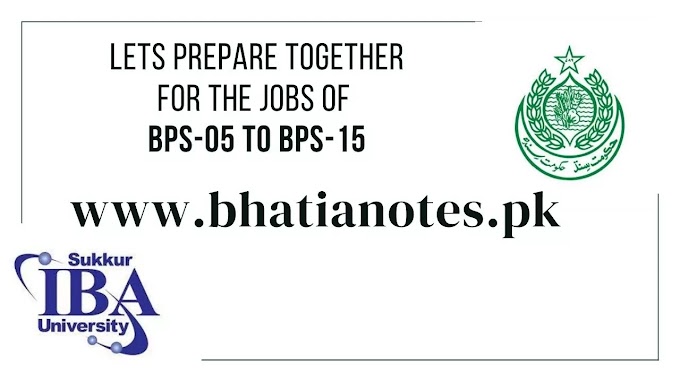🧪Everyday Science MCQs
1. What is the chemical symbol for water?
2. The device used to measure temperature is called?
3. Which planet is known as the Red Planet?
4. What is the main gas found in the air we breathe?
5. Which of these is NOT a primary color of light?
6. What is the hardest natural substance on Earth?
7. Which part of the plant conducts photosynthesis?
8. What is the pH value of pure water?
9. Which metal is liquid at room temperature?
10. What is the unit of electrical resistance?
11. Which gas do plants absorb during photosynthesis?
12. What is the fastest land animal?
13. Which of these is NOT a greenhouse gas?
14. What is the largest organ of the human body?
15. Which planet is known as the "Morning Star"?
16. What is the main component of the Sun?
17. Which vitamin is produced by the human body when exposed to sunlight?
18. What is the boiling point of water at sea level?
19. Which of these is a non-renewable energy source?
20. What force keeps planets in orbit around the Sun?
21. Which blood type is known as the universal donor?
22. What is the chemical symbol for gold?
23. Which of these is NOT a type of rock?
24. What is the study of weather called?
25. Which organ produces insulin in the human body?
26. What is the largest planet in our solar system?
27. Which of these is a vector quantity?
28. What is the main function of red blood cells?
29. Which scientist proposed the theory of relativity?
30. What is the chemical symbol for sodium?
31. Which of these is NOT a mammal?
32. What is the normal human body temperature in Celsius?
33. Which gas is most abundant in Earth's atmosphere?
34. What is the SI unit of force?
35. Which part of the atom has a positive charge?
36. What is the process by which plants lose water vapor?
37. Which metal is the best conductor of electricity?
38. What is the main function of white blood cells?
39. Which of these is a renewable energy source?
40. What is the chemical symbol for iron?
41. Which of these is NOT a type of electromagnetic radiation?
42. What is the largest ocean on Earth?
43. Which gas gives soda its fizz?
44. What is the study of fossils called?
45. Which planet has the most moons in our solar system?
46. What is the chemical formula for table salt?
47. Which of these is NOT a state of matter?
48. What is the unit of electric current?
49. Which blood vessels carry blood away from the heart?
50. What is the freezing point of water in Fahrenheit?
51. Which gas is most abundant in the Earth's atmosphere?
52. The device used to measure temperature is called?
53. Water is a compound made up of which two elements?
54. Which part of the plant conducts photosynthesis?




.png)